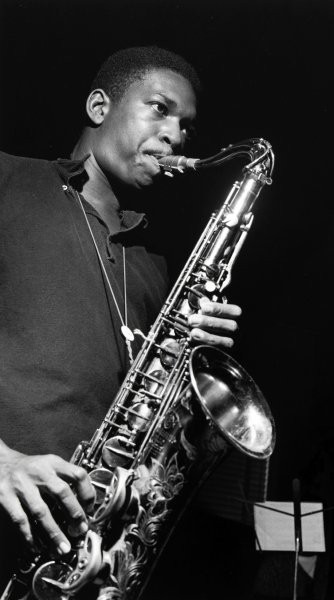Summary | Excerpt | Reviews | Beyond the book | Read-Alikes | Genres & Themes | Author Bio

Each disparate object described in this book - a Caspar David Friedrich painting, a species of tiger, a villa in Rome, a Greek love poem, an island in the Pacific - shares a common fate: it no longer exists, except as the dead end of a paper trail.
Recalling the works of W. G. Sebald, Bruce Chatwin, or Rebecca Solnit, An Inventory of Losses is a beautiful evocation of twelve specific treasures that have been lost to the world forever, and, taken as a whole, opens mesmerizing new vistas of how we can think about extinction and loss.
With meticulous research and a vivid awareness of why we should care about these losses, Judith Schalansky, the acclaimed author of Atlas of Remote Islands, lets these objects speak for themselves: she ventriloquizes the tone of other sources, burrows into the language of contemporaneous accounts, and deeply interrogates the very notion of memory.
The book is a hand-selected museum of oddities, united only by their temporal existence. Because of this story-by-story, object-by-object structure, casual readers will enjoy dipping in and out at their leisure. Instead of simply describing the objects, animals and places that no longer exist and explaining their significance – what one might expect from nonfiction – Schalansky chooses distinct fictionalized voices for each chapter. Although this narrative style allows her to be historically accurate while experimenting with storytelling techniques, it can be disorienting...continued
Full Review
(557 words)
This review is available to non-members for a limited time. For full access,
become a member today.
(Reviewed by Jamie Chornoby).
 Sarah Schalansky's book An Inventory of Losses introduces readers to an eclectic group of 12 things that no longer exist, from extinct species to ruined castles. But early on, Schalansky notes that sometimes the opposite happens — something is pulled back into public consciousness after a period of dormancy. One of these things is John Coltrane's Both Directions at Once: The Lost Album.
Sarah Schalansky's book An Inventory of Losses introduces readers to an eclectic group of 12 things that no longer exist, from extinct species to ruined castles. But early on, Schalansky notes that sometimes the opposite happens — something is pulled back into public consciousness after a period of dormancy. One of these things is John Coltrane's Both Directions at Once: The Lost Album.
John Coltrane (1927-1967) is hailed as one of the greatest and most influential jazz figures of all time, shaping 20th-century music as a saxophonist, bandleader and composer. His musical inclinations were shaped at a young age from hearing spiritual music when his grandfather, an African Methodist Episcopal reverend, preached in North Carolina. In...
This "beyond the book" feature is available to non-members for a limited time. Join today for full access.

If you liked An Inventory of Losses, try these:

by Jon Mooallem
Published 2022
From the discovery of the author's face in a century-old photograph to a triple-amputee hospice director working at the border of life and death, here are thirteen hopeful, heartbreaking, and profound essays from "one of the most intelligent, compassionate, and curious authors working today" (Elizabeth Gilbert).

by Robert Macfarlane
Published 2020
From the best-selling, award-winning author of Landmarks and The Old Ways, a haunting voyage into the planet's past and future.